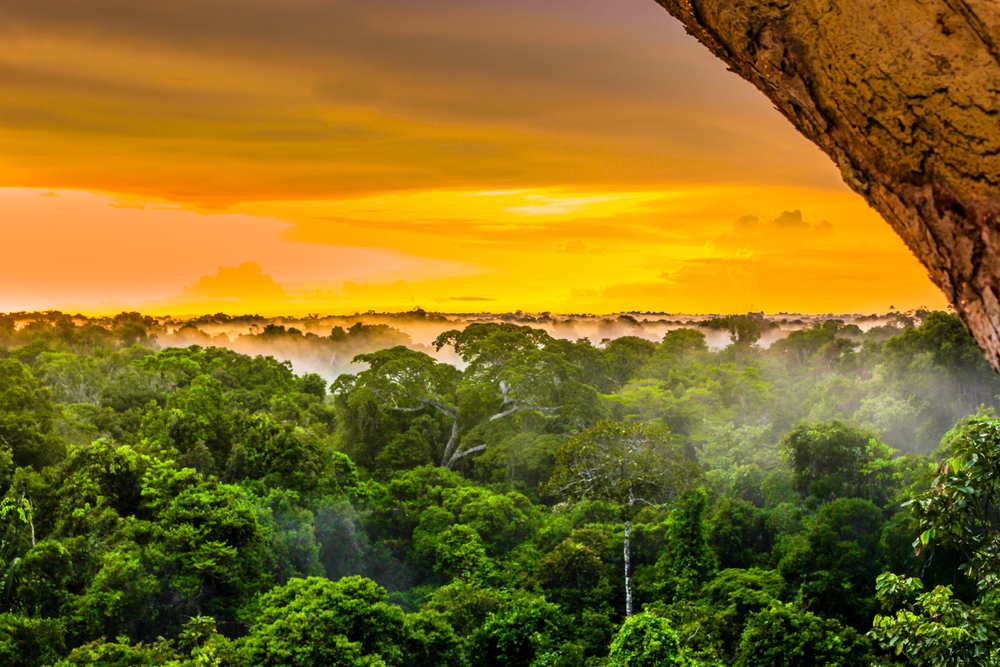Researchers are using AI to observe the movements of endangered dolphin species that inhabit the Amazon River.
The study used machine learning (AI) to track the movements of 2 species of dolphins across a large submerged area that becomes flooded in each year’s rainy season.
It involved training a neural network to identify and track dolphins’ unique acoustic communications — clicks and whistles.
Acoustic tracking is less disruptive than traditional methods like GPS tags, boats, or aerial drones. Researchers intend to use the system to monitor the dolphin’s movements and develop conservation efforts.
“Sound is probably the only sense that we know of that we all share on Earth,” says Michel André, a study co-author at the Technical University of Catalonia in Barcelona, Spain.
The research focuses on 2 species, the Boto (Inia geoffrensis), also known as the Pink River dolphin, and the Tucuxi (Sotalia fluviatilis).
The team positioned underwater microphones at various locations across the Mamirauá reserve in the Brazilian Amazon Rainforest to capture the sounds produced by these dolphins.
Both dolphin species are currently endangered: the Boto population is estimated to decrease by 50% every decade, and the Tucuxi population every 9 years.
How AI helped
The AI model was able to differentiate the dolphin sounds from the cacophony of the Amazon environment.
The researchers fed audio recordings to a deep-learning neural network that can categorize sounds in real-time, “exactly as we do with our own brain,” according to André.
The ability to process large volumes of data in real-time would be “almost impossible” without AI, says Federico Mosquera-Guerra, a researcher who studies Amazonian dolphins at the National University of Colombia in Bogotá.
The AI system was trained to identify 3 types of sounds: those produced by dolphins, rainfall, and boat engines.
As both dolphin species frequently use echolocation clicks for navigation and whistles for communication, identifying these sounds has allowed researchers to chart their movements.
Given that Botos and Tucuxis have distinct whistle patterns, the neural network can differentiate between the species. The model could also monitor boat movements to estimate possible interactions between boat traffic and dolphin populations.
In the future, the team plans to extend the capabilities of the neural network to detect other aquatic species.
AI’s usefulness in conservation is well-documented by studies this year. Researchers in the UK use AI to track puffin populations, and an AI-powered system supports efforts to restrict invasive Pacific salmon in European waterways.





